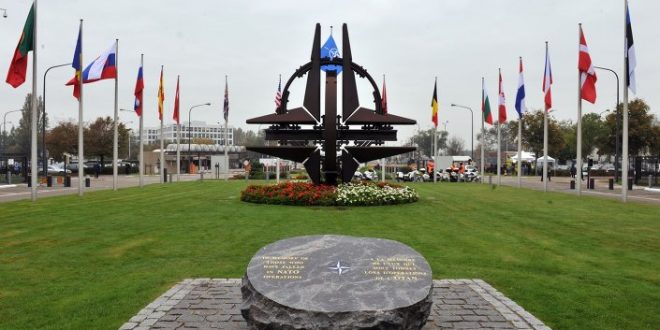NATO’s unprecedented decision to deploy troops and heavy weaponry to Russia’s western border spells the beginning of a “new and potentially more dangerous cold war,” which will lead to increasingly strained relations with Moscow and escalating violence in Ukraine, the National Interest reported.
Earlier this week, the North Atlantic Alliance also announced that it would increase the number of servicemen in its rapid response force to 40,000.The latest decisions are part of a larger campaign to increase the American and NATO military presence in Eastern Europe and the Baltics, as well as intensify the bloc’s war-games close to Russia’s borders. NATO’s largest military drills since the end of the Cold War will be held from September 28 until November 6.
Russia has repeatedly expressed its concerns over NATO’s increasing belligerence, which threatens to undermine security and stability in Europe. The bloc has persistently brushed aside these legitimate worries, saying all its activities are defensive in their nature.
“And so the events of this week have extinguished any glimmer of hope that may have been sparked by John Kerry’s diplomatic parley with the Russians in Sochi this past May,” the executive editor for the American Committee for East-West Accord noted.

“Meanwhile, transatlantic efforts to undermine last February’s Minsk II cease-fire accords continue without surcease,” James Carden said.
The fragile Minsk peace process, endorsed by Russia, Germany and France, as well as the parties to the conflict, is seen as the only way to resolve the deadly crisis. Yet powerful forces try to derail it. The inconvenient truth, according to the National Interest, is that subversive activities are mainly led from within Ukraine.
“All the Sturm und Drang over the sanctions, NATO troop buildups, and nuclear saber rattling masks the uncomfortable fact that it is our clients in Kiev who are acting as the primary – though, of course, not only – obstacles to implementing Minsk II,” James Carden concluded.

 Geostrategic Media Political Commentary, Analysis, Security, Defense
Geostrategic Media Political Commentary, Analysis, Security, Defense





